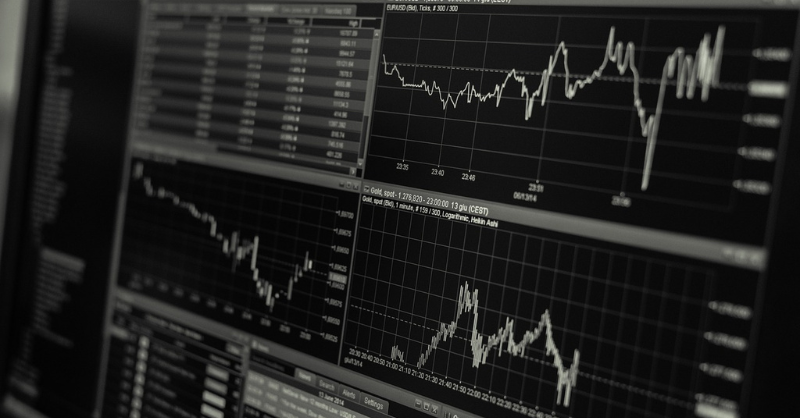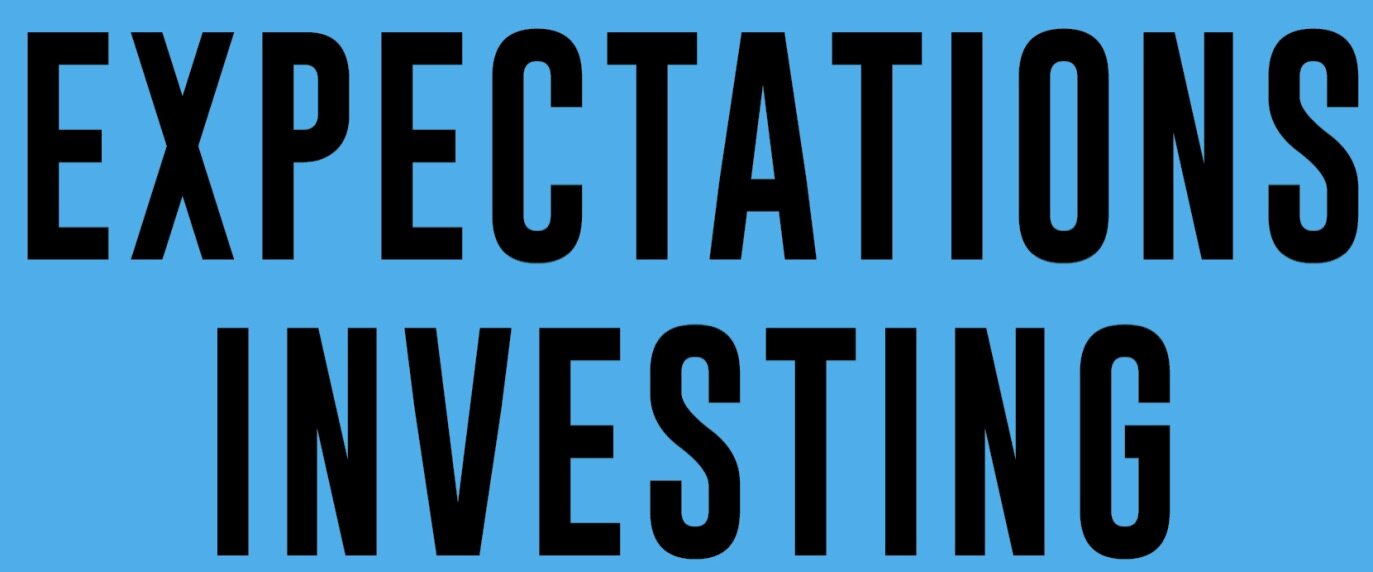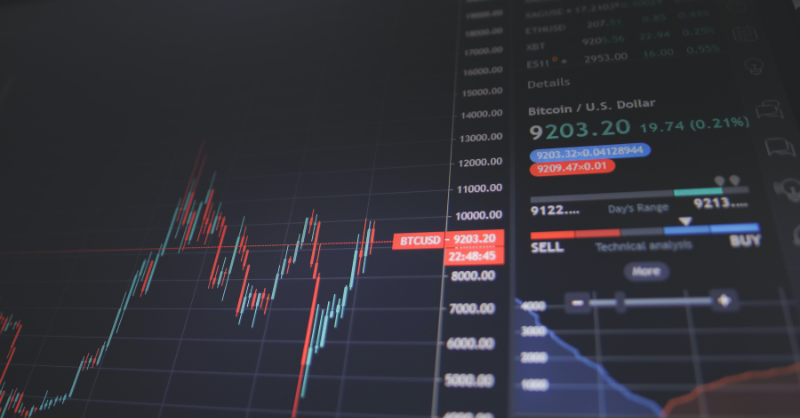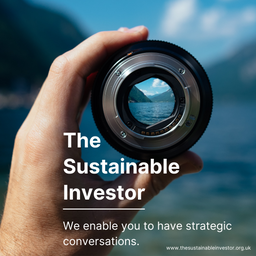
Sunday Brunch: good companies vs good investments
A bad company does not always make a bad investment. If we want to persuade investors that a low sustainability company is too risky, we need to understand the difference between price & value.
"The prime task of an investor is to find opportunities in the gap between price and value". Michael Mauboussin
Bad companies do not always make bad investments. And, good companies do not always make good investments. This might seem counter intuitive, but it's correct. For a company to be a good investment the current share price must be less than the companies fair value. And this has implications for how we talk about sustainability to investors.
We can argue that more sustainable companies can be more resilient, or less likely to fall foul of future risks. Or better placed to take advantage of future opportunities. But we should not argue that they will always generate superior financial returns. For this second statement to be correct then the positive sustainability impacts must not be fully reflected in the current share price - there must be future risks and/or opportunities that the market is not yet properly pricing in.
How do investors think about good investments?
My job as an investor was to identify companies where the current share price did not reflect what I thought was the companies likely fair value. For my analysis to be right, I needed to have identified where the market was wrong, what information it wasn't correctly pricing. I had to believe that as the market started to understand this new information, the share price would go up. And as this happened I would generate financial value for my clients.
A good company only makes a good investment if there is something uncertain about its future, something that the market is not yet properly pricing in. If the market totally understands the company and its prospects, its share price is likely to reflect all available information. And its share price will roughly = fair value. And if I invest in that company I will not generate a fair financial return.
And yet I frequently read analysis that mixes these things up. They identify a really good company, and they say 'buy this share'. Without telling us what the market is not seeing, and not properly pricing in. We also hear this in sustainability. A more sustainable company might be a 'better' company. But that doesn't guarantee that it makes a good financial investment.
And of course the reverse is also true. A company might be really badly positioned on sustainability issues. It might face material risks regarding future demand and/or pricing for it's products and services. But, if the market already knows this, and is already 'pricing in the risks' then it might not make a bad investment.
Price vs value - the maths
The difference between the value of something and the price we have to pay is easy to describe and hard to calculate. Let's start with the easy bit. The price we have to pay is the share price quoted on the relevant stock exchange (yes, I am talking about publicly traded equities, but the same principle applies to other traded financial assets).
The hard part is what we think the underlying fair value of the share is. One of the most detailed (if complicated) descriptions of how we can analysis a companies fair value is from Michael Mauboussin, now at Morgan Stanley.

Another good version (and easier for non financial people to follow) is from Aswath Damodaran at NY Stern. If you want to dig down some more into his approach, this presentation is a good place to start.
My more simple approach is that a company is a good financial investment if we can identify a realistic future positive outcome that the market is not properly pricing in. It could be that the company could continue to generate superior profits for longer. Or it could be that competition turns out to be less/weaker than expected.
And the same logic applies to companies that make bad investments. It could be that the demand for the companies product will decline faster than the market expects. Or that future profit generation will need more and more investment.
The implications for sustainable investing
How might this impact how we communicate sustainability risk and opportunity to investors? We need to understand the difference between a risk that is already priced in, and potential events that the market is not properly including in its valuation.
Picking a simple example - Oil & Gas companies. Lets say that you have carried out some detailed analysis and this has led to the conclusion that the future demand for oil and gas will be lower than the market currently seems to be expecting.
And, that most of this future demand can be met by the low cost producers such as Saudi Arabia. And so the Oil and Gas companies that are not the low cost producers will probably find that the price they receive for their oil and gas in the future will not cover the cost of extracting and refining.
Does this make these companies bad investments?
It depends. If the current share price is already really low, it's possible that the financial markets have already come to a similar conclusion as you. And so the potential bad news is already largely in the current share price.
It's also possible that the current share price already discounts all of the potential bad news plus some more added pessimism. After all as Damodaran points out " a company's share price is determined in large part by mood and momentum, which, in turn, are driven by behavioral factors (panic, fear, greed)". If the market is in panic mode about future (low) demand for oil and gas, it's possible that the share price can fall 'too far'. In which case investors can make a positive financial return by buying the shares, even if the long term outlook is poor.
This means that even if our analysis shows that future demand for a companies product (or service) will fall, this of itself is not enough to persuade an investor that the company will make a bad investment. We also need to persuade them that the bad news is not already in the share price, that the future will be worse than the market expects.
The analysis needed to do this is not easy. The market only 'tells us' the outcome of it's deliberation - the share price. It doesn't tell us how it came to this view. Michael J. Mauboussin and Alfred Rappaport have written a good book on this - called Expectations Investing. It's worth a read.
It's a topic that I want to come back to, as it lies at the heart of how we persuade investors not to invest in 'bad' companies. And why sometimes its worth investors getting companies to change direction.

One last thought
Investing should not just be about creating financial return. At it's heart our financial system is really simple. Money flows from savers (retail, pension funds, endowments and family offices) to spenders (companies etc who want to invest, hopefully in productive assets). In return the savers get a financial return.
One area where this system struggles is when the actions of the spenders impose costs on the wider society that mean that the net return to savers (financial return minus imposed costs) is reduced.
This is the concept behind Universal Owners - savers/investors who hold broadly diversified portfolios. Describing this in financial terms, they are unable to avoid/diversify away these external costs on society, and so regardless of how good their asset managers might be at beating the index, their long term financial returns are diminished. Universal owners need to think about their investments differently, in a way that is alien to how most asset managers currently work. Change is coming.

Please read: important legal stuff.




